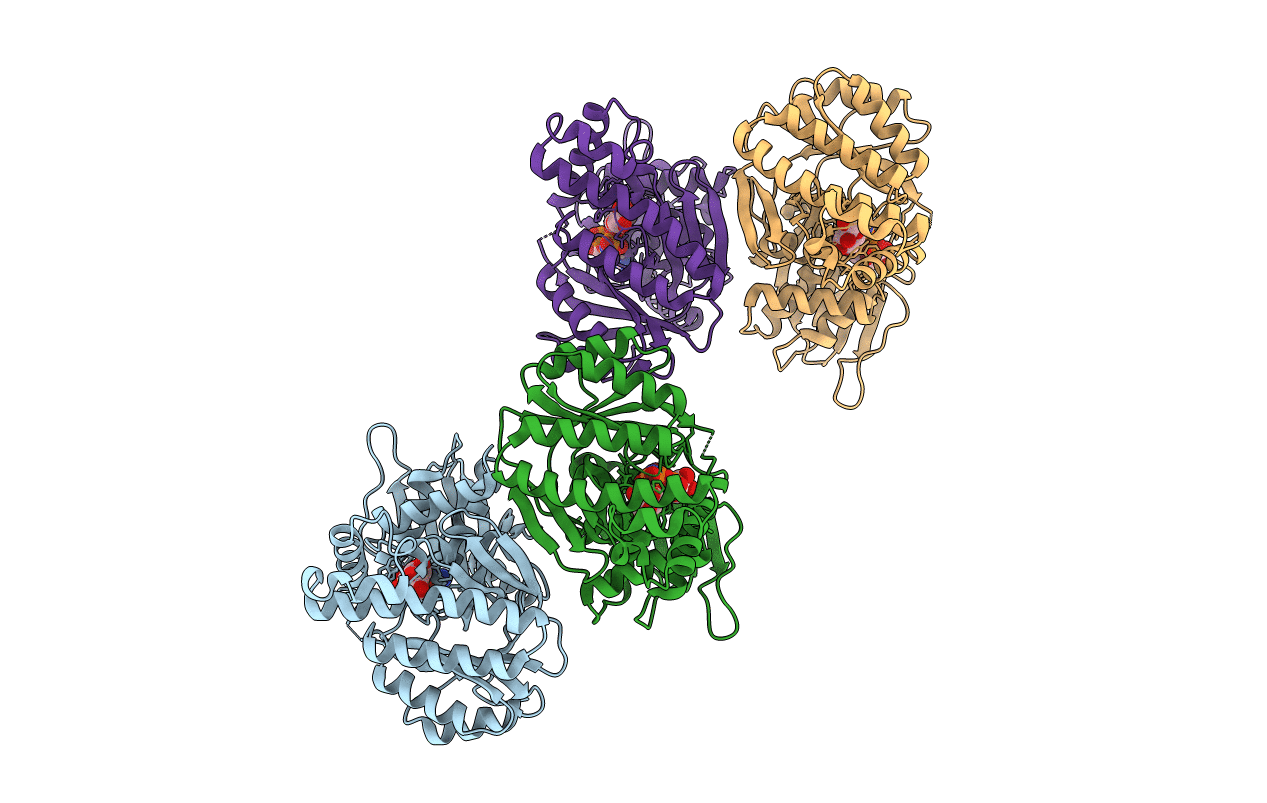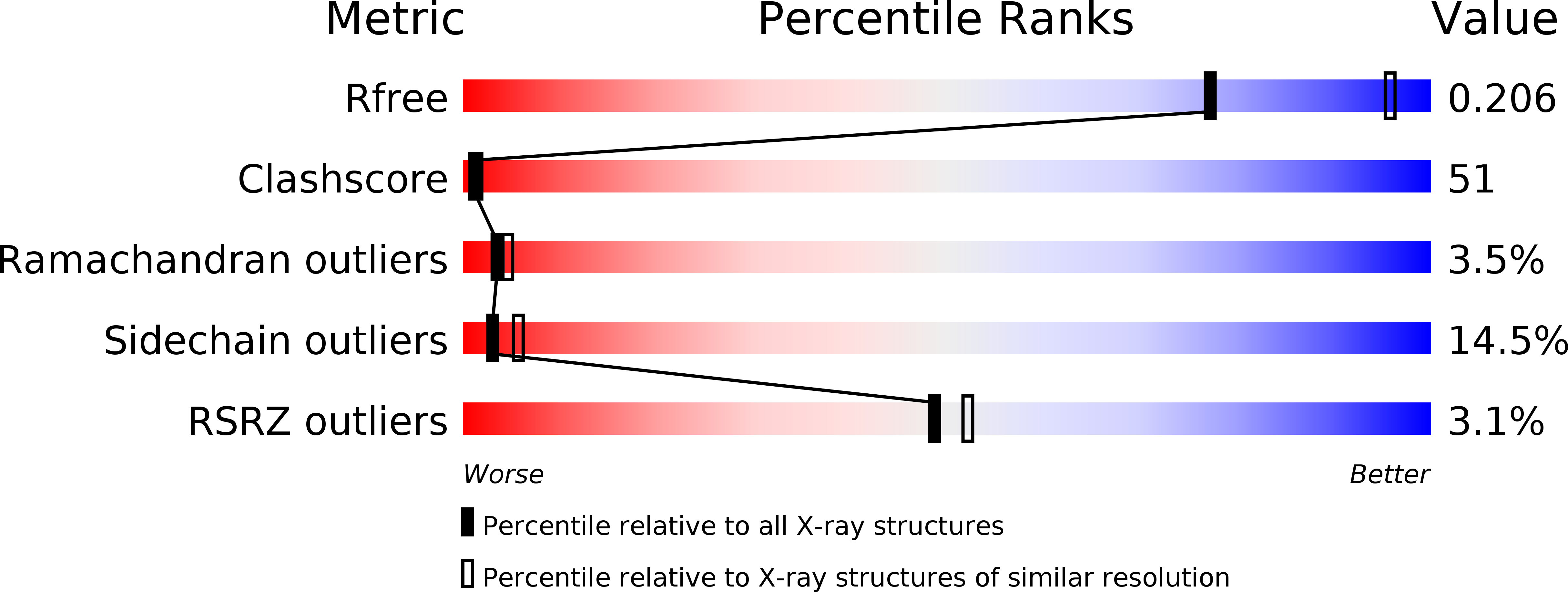
Deposition Date
2004-12-08
Release Date
2004-12-28
Last Version Date
2024-10-23
Entry Detail
PDB ID:
1WUU
Keywords:
Title:
crystal structure of human galactokinase complexed with MgAMPPNP and galactose
Biological Source:
Source Organism:
Homo sapiens (Taxon ID: 9606)
Host Organism:
Method Details:
Experimental Method:
Resolution:
2.50 Å
R-Value Free:
0.25
R-Value Work:
0.20
R-Value Observed:
0.20
Space Group:
P 1 21 1


